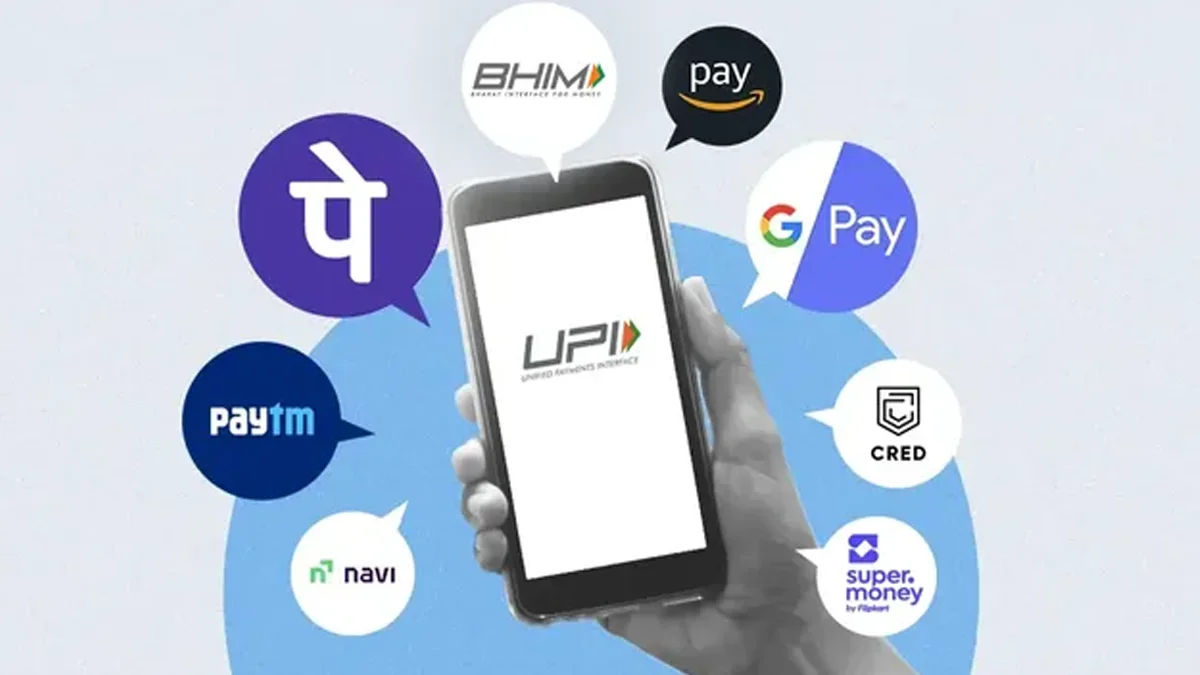Necessary Always Active
Necessary cookies are required to enable the basic features of this site, such as providing secure log-in or adjusting your consent preferences. These cookies do not store any personally identifiable data.
|
||||||
|
||||||
|
||||||
|

India’s digital payment landscape continues to evolve, with UPI’s market share figures for June 2025 highlighting a clear dominance by private players. PhonePe and GPay together accounted for a massive 82% of all UPI transactions during the month. Entrackr reported that India’s UPI network recorded 18.4 billion transactions worth ₹24.04 lakh crore in June, according to data from the NPCI.
PhonePe continued to lead the market, processing 8.55 billion transactions worth ₹11.99 lakh crore. This gave it a 46.5% share in total UPI volume and close to 50% in transaction value.
Google Pay secured the second spot with 6.54 billion transactions, amounting to ₹8.41 lakh crore. The app held a 35.6% share by volume and about 35% by value.
In third place was Paytm, which handled 1.27 billion transactions worth ₹1.34 lakh crore. The company captured 6.9% of UPI transaction volume and 5.6% of the total value.
As per the NPCI data, PhonePe’s UPI dominance remains unmatched. The platform processed nearly 5.8 billion transactions in June, maintaining its lead as one of the leading UPI apps. PhonePe has grown over the years. Google Pay wasn’t far behind, clocking close to 4.5 billion transactions. Combined, these two platforms contributed the bulk of UPI’s 14.1 billion total transactions in June.
Their combined UPIs’ market share of 82% demonstrates their deep integration into the digital payment habits of Indian users. An easy interface, cashback offers, and wide merchant acceptance are believed to be the key reasons behind their continued growth.
In a surprise move, the NPCI’s app, BHIM, made a strong return. The BHIM UPI comeback saw the app re-enter the top 10 list for the first time in several quarters. According to NPCI, the app processed more than 30 million transactions in June, signaling rising user interest once again.
NPCI’s BHIM app growth comes on the back of recent government efforts to promote BHIM through better app updates, faster onboarding, and integration with Aadhaar-based services. The government-backed BHIM app registered 73 million such transactions, amounting to INR 11,726 crore. While its market share remains modest compared to private players, this return marks a positive development for the government’s push to create a more inclusive digital ecosystem.
The current UPI market share split reflects both consumer preferences and changing trends in India’s fintech space. With PhonePe and GPay holding the lion’s share, competition has intensified among other players like Paytm, CRED, and Amazon Pay, all of whom are trying to differentiate with niche offerings and user experience improvements.
NPCI is also keeping a close eye on ensuring no single app dominates UPI beyond a certain limit. There have been talks of capping market share at 30% per app to promote fair competition, although implementation of this rule has been delayed.
Among the emerging players, super.money has overtaken CRED in transaction volume, though it still lags in terms of value. New-age UPI apps Navi and FamApp by Trio reported 406 million and 113 million transactions, respectively.
The resurgence of BHIM and PhonePe’s consistent UPI dominance suggests a two-track market: one led by consumer-centric platforms offering quick and convenient payments, and the other backed by government efforts to boost public alternatives.
Among UPI apps led by private banks, Axis Bank’s app recorded a relatively small transaction volume of 24 million, but handled a total value of INR 5,231 crore. Interestingly, it stood out as the only app to report B2C UPI transactions, conducting 102 million such payments worth INR 4,155 crore.
While private players continue to innovate, NPCI’s BHIM app growth could encourage more users to try government-supported platforms. As India’s UPI ecosystem expands, shifts in its market share in the coming months will be closely watched by both industry leaders and policymakers.